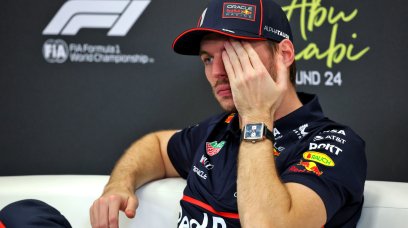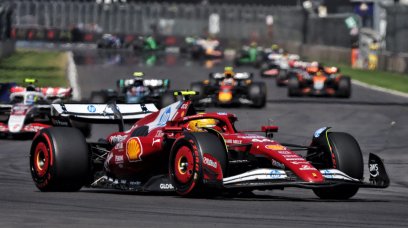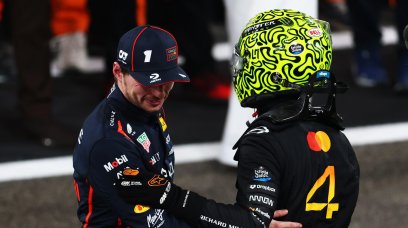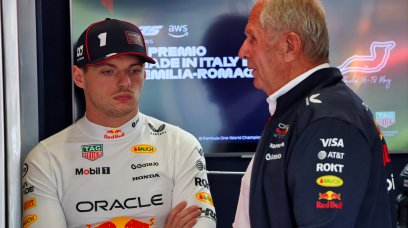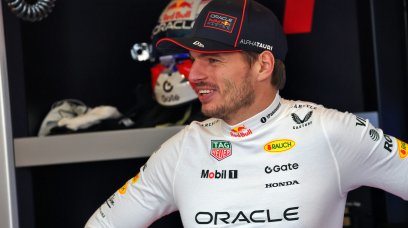What is porpoising?
In light of the new technical regulations introduced this season, one of the biggest changes on the 2022 F1 cars has been the switch from over-body downforce to a ground effect philosophy. This approach means that downforce is predominantly generated by airflow under the car, sucking it down to the ground. However, a side effect of the philosophy is that, at higher speeds, the air flowing underneath the car can stall. This is caused by there simply not being enough space for the air to flow cleanly through the space between the ground and the floor of the car. If this happens, the floor stops generating downforce and the car springs back up to its normal ride height. However, it immediately starts accumulating air again and is pushed back down, only for the cycle to repeat. This is something that can be spotted by the car bouncing - or 'porpoising', as it has become known - down the straights. The effect is as uncomfortable for the drivers as it looks, with Lance Stroll admitting that it "rattles your brain quite a bit". Max Verstappen and Sergio Perez might have less of a headache, though, as Red Bull seem to now have the issue much more under control. Recent upgrades on the RB18 have helped, as RacingNews365.com technical analyst Paolo Filisetti explains...
How Red Bull are tackling porpoising
As explained previously, Red Bull wisely introduced a major upgrade on the very last day of testing in Bahrain, with huge changes to the RB18 sidepods and floor. The new floor was aimed at reducing the amount of porpoising. On that floor (see drawing above), you can see two notches (see black arrows) that are perpendicular to the side edge of the floor. In between, an S-shaped part of the floor is used, which should make the sideskirts more effective. These sideskirts, which are created by a vortex of air, close off the floor to the rear. This reduces the pressure difference under the car, which normally plays into the hands of porpoising. Red Bull thus seem to have solved the annoying problem of porpoising, while Mercedes still suffer from it. However, on the final day of winter testing, Mercedes appeared to be less affected after raising the car's ride height. This, though, is always at the expense of the amount of downforce the car generates.
Are Ferrari taking their cue from McLaren?
Another team that seem to have been brilliantly combatting the problem of porpoising are Ferrari, despite the images of Charles Leclerc bouncing down the straights in Barcelona. On the second day in Bahrain, the F1-75 featured a revised floor, featuring a long, knife-shaped profile on the side. As the profile rises a little towards the inside, a long groove is created between the raised edge and the bodywork. That knife-shaped profile is reinforced with some metal clips that are often seen on the front wings as well, jumping from element to element. These clips are needed to counteract deformation at high speed, as this can weaken the effect. The profile ends in an area where there used to be a sort of 'finger' to regulate the airflow in front of the rear wheels, but that finger has been missing since the second day of testing. It is not incorrect to say that this solution, which should have the same effect as Red Bull's floor, was inspired by a similar device featured on the floor of the McLaren, a team that seemed to have porpoising fully under control already in Barcelona.
Most read
